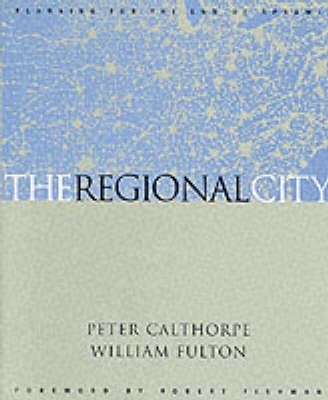Most Americans today do not live in discrete cities and towns, but rather in an aggregation of cities and suburbs that forms one basic economic, multi-cultural, environmental and civic entity. These "regional cities" have the potential to significantly improve the quality of our lives-to provide interconnected and diverse economic centres, transportation choices, and a variety of human-scale communities. In The Regional City, two of the most innovative thinkers in the field of land use planning and design offer a detailed look at this new metropolitan form and explain how regional-scale planning and design can help direct growth wisely and reverse current trends in land use.
The authors: - discuss the nature and underpinnings of this new metropolitan form - present their view of the policies and physical design principles required for metropolitan areas to transform themselves into regional cities - document the combination of physical design and social and economic policies that are being used across the country - consider the main factors that are shaping metropolitan regions today, including the maturation of sprawling suburbs and the renewal of urban neighbourhoods Featuring full-colour graphics and in-depth case studies, The Regional City offers a thorough examination of the concept of regional planning along with examples of successful initiatives from around the country. It will be must reading for planners, architects, landscape architects, local officials, real estate developers, community development professionals, and for students in architecture, urban planning, and policy.
- ISBN13 9781559637831
- Publish Date 1 January 2001
- Publish Status Out of Stock
- Out of Print 11 March 2021
- Publish Country US
- Imprint Island Press
- Edition 2nd ed.
- Format Hardcover
- Pages 328
- Language English
